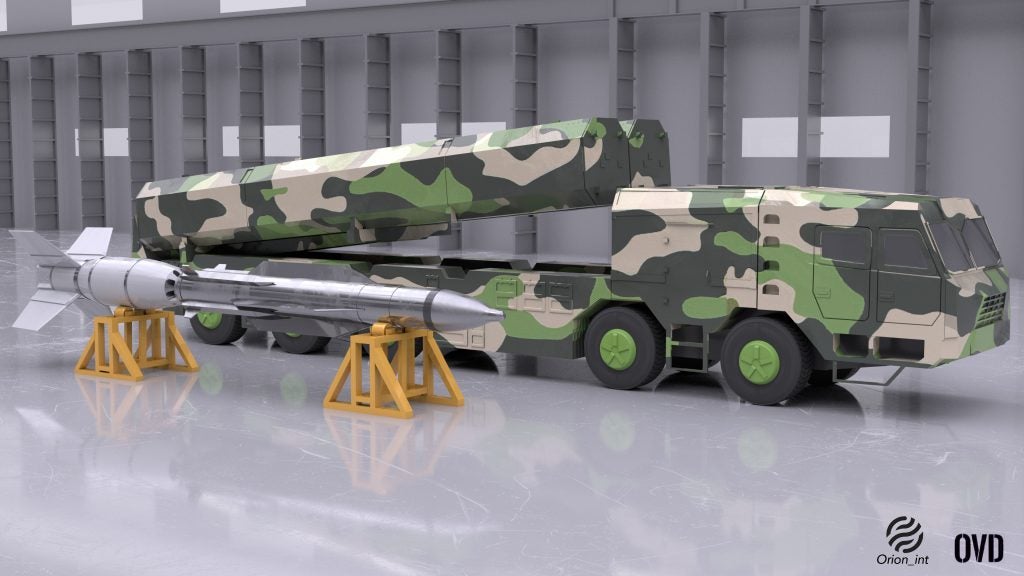Demystifying The DF-100: A Deeper Look At China’s Mysterious Cruise Missile
China’s missile arsenal has expanded greatly over the years. Much attention has been given to these cruise missiles, ballistic missiles, and hypersonic glide vehicles; as seen with the coverage on the CJ-10, DF-26, and DF-ZF. However, this has the unfortunate consequence of directing attention away from other missiles that would also play an important role in China’s area denial and strike strategy. Here we will explore one of these relatively unexplored missiles, the DF-100.
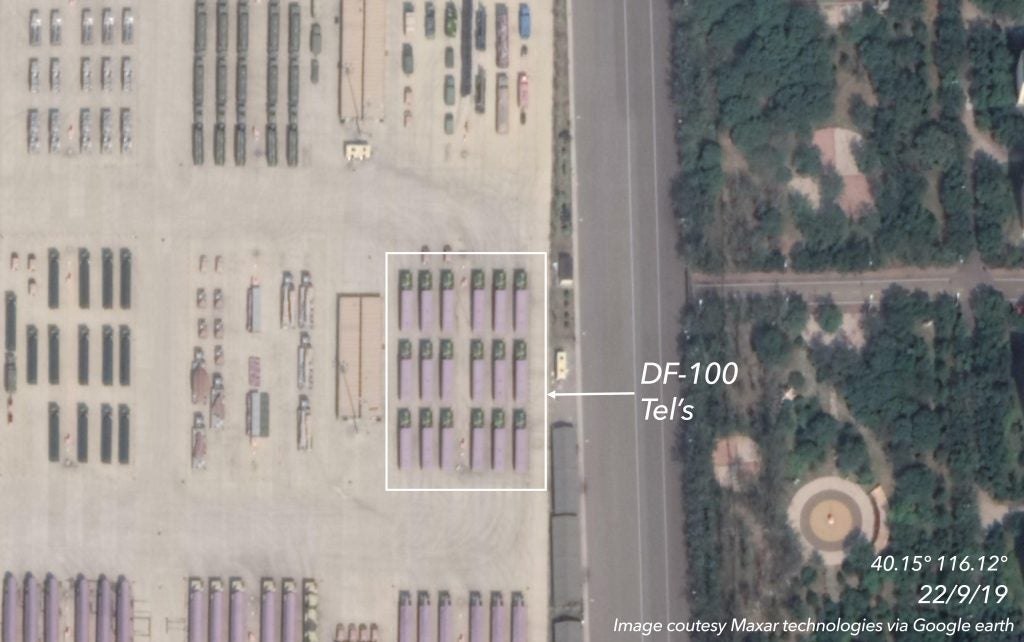
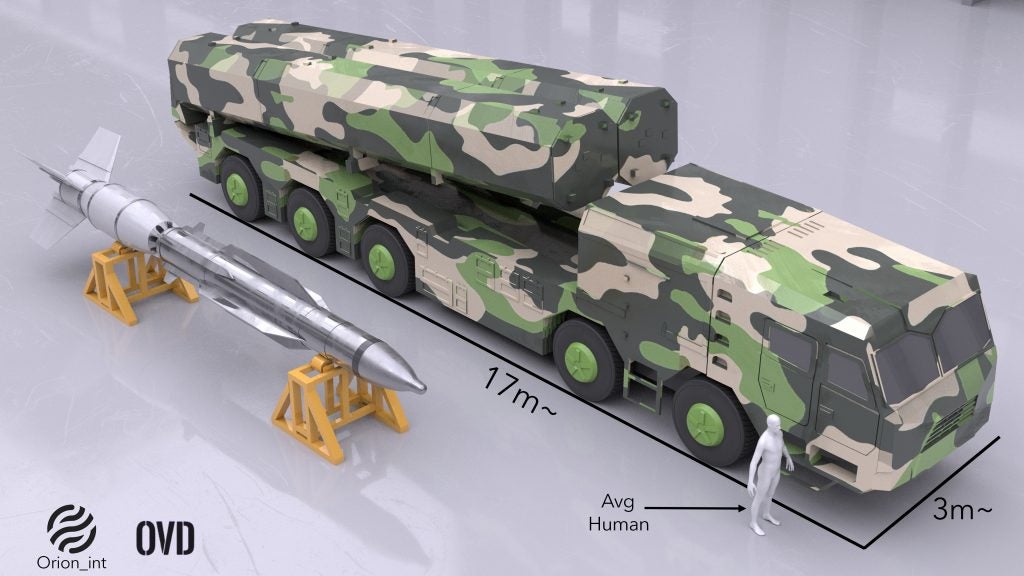

China showed off the DF-100 Launcher along with other missiles, like the DF-41, DF-17, and DF-31AG, during its 70th anniversary celebrations on October 1st, 2019. A Google Earth image of the rehearsals for the parade on September 22nd shows the DF-100’s transporter erector launcher (TEL) with other launchers. With this information, we can extrapolate that the TEL is 17 meters long and 3 meters wide. The dimensions can be verified via images from the rehearsal for the parade.
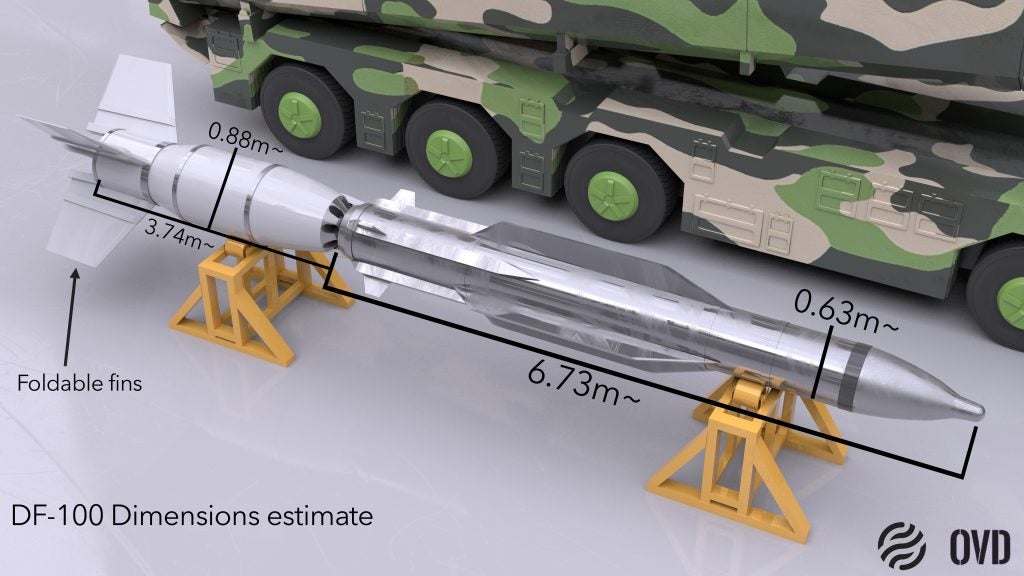
Based on measuring stills from the video, we can derive measurements for the missile. The booster for the missile seems to be 0.88 meters in diameter and 3.74 meters in length with foldable fins. The fins extend beyond the length of the booster so the use of jet-vanes is possible. The missile itself seems to be 0.63 meters in diameter and 6.73 meters in length.

Similar to other Chinese cruise missiles, such as the YJ-12, the DF-100 also seems to have its fins at an angle of ~60°. Presumably, this enables better gliding. The stills from the video also show pointed objects on top of the intakes. These might be caps that fall off inflight, similar to the KH-31. Some reports have suggested the use of a large ramjet propulsion system, which would fit in with the intakes.
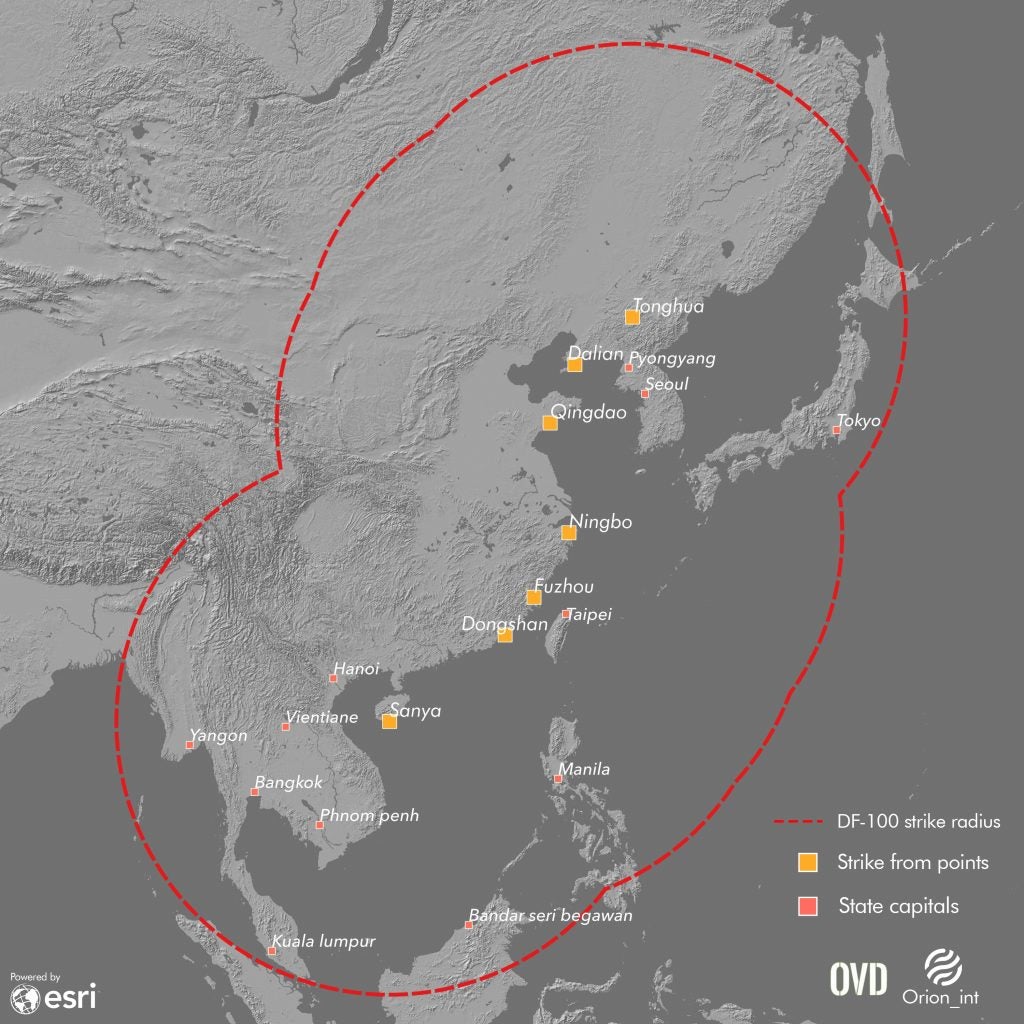
A November 2020 China Aerospace Studies Institute (CASI) report states that the DF-100, with its 2,000km range, might be deployed with the 656th Brigade in Laiwu, Shandong. The launcher seems optimized for paved roads so the PLARF should be able to launch from most roads and their launch pads. That being said, we can theorize its strike potential for countries in the First Island Chain region from a few points on China’s coast. If launchers were positioned from the shown points the ability to strike the Korean peninsula, most of Japan, and even as far as Myanmar would be available to China.
The addition of the DF-100, similar to the missile itself, is relatively unknown in regards to what job it is meant to perform in the PLARF arsenal. Few sources on the missile exist, and those that do vary both in range and speed. Ranges by CASI put DF-100 within relatively the same range as the CJ-10 (according to an MDAA report), another land attack missile in Chinese service. It could be speculated, however, that the DF-100 offers more speed compared to the CJ-10, as the intakes portrayed on the missile usually aren’t on slower cruise missiles. If this speculation is true, this would give the PLARF a missile with around the range of a CJ-10 while also providing increased survivability with its speed. This could be worrisome for many of the air and naval bases within the DF-100’s reach, as now they would be dealing with a more sophisticated threat compared to the previous subsonic CJ-10s.
While the DF-100 is mysterious at the moment, it’s definitely a missile that China and PLARF observers should continue to watch in the future.

